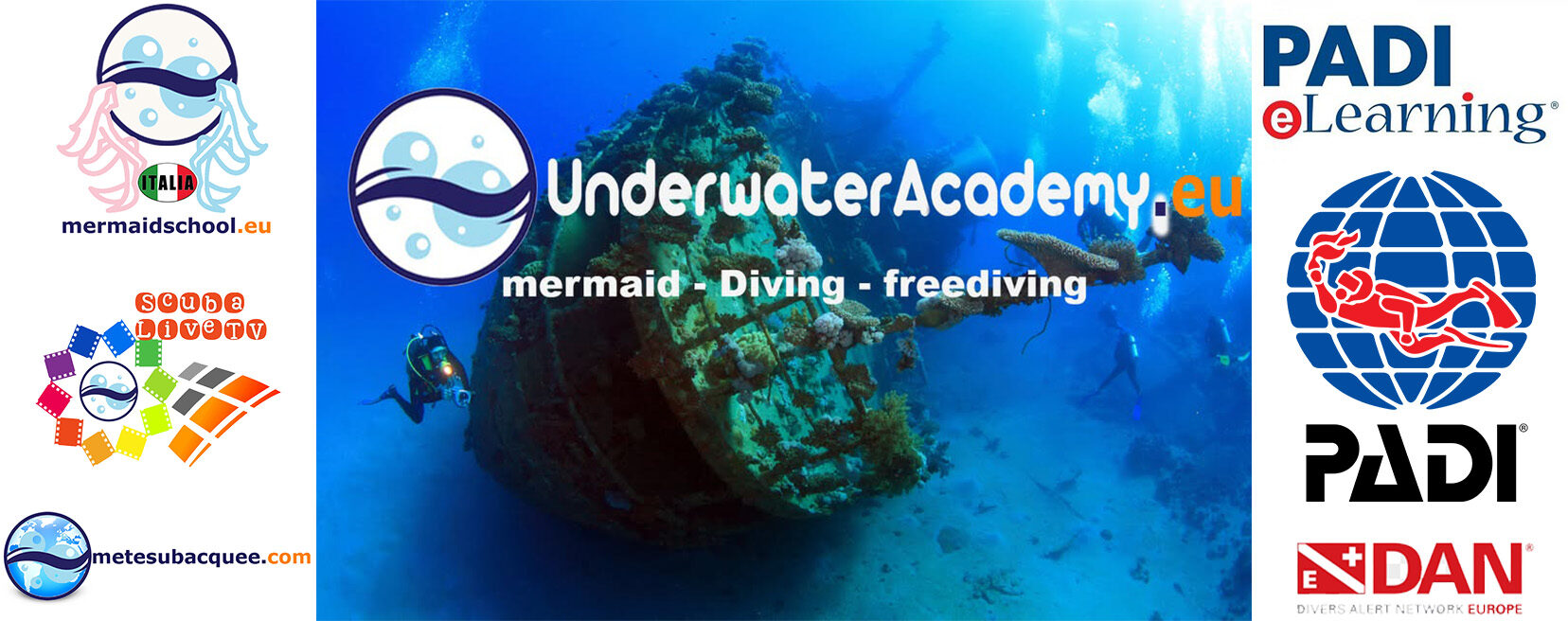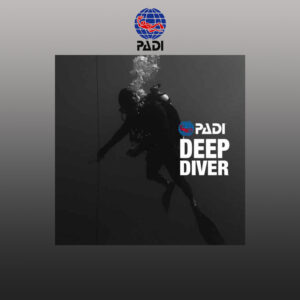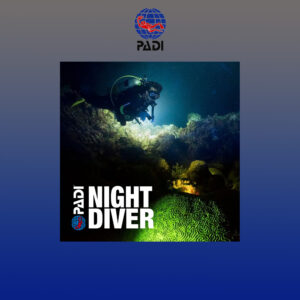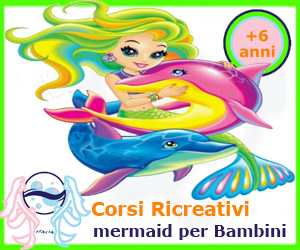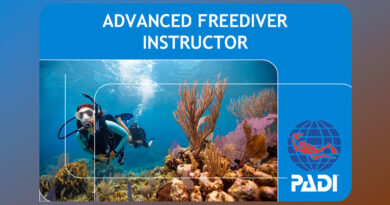Mastering Perfect Buoyancy: Secrets to Floating Like a Pro Underwater
|| ScubaLiveTV || Insights || Actuality || Interviews || TV Web || History || Scuba Diving || Freediving || Video collection || Nature and Environment || Collaborate with us ||
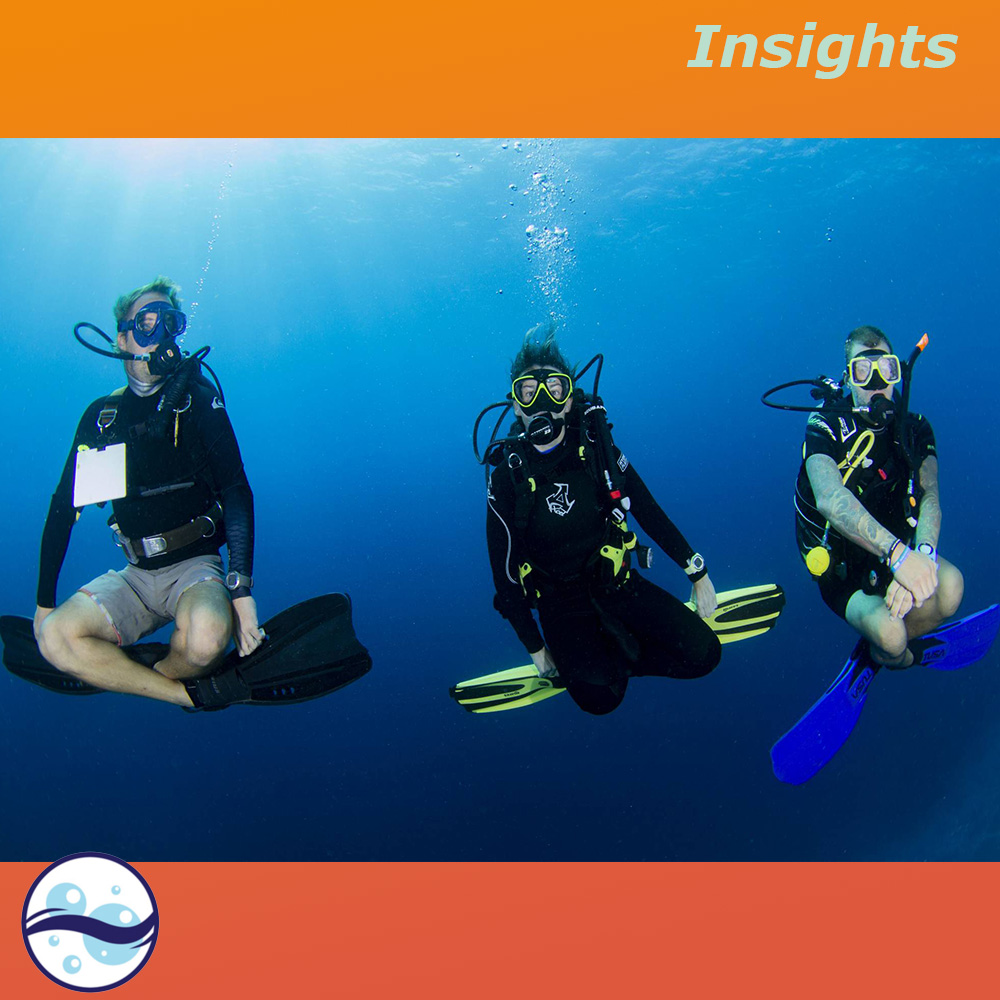
Mastering Perfect Buoyancy: Secrets to Floating Like a Pro Underwater
Hey, fellow divers! I’m Francesco, your PADI instructor. If you’re here, you probably know how magical it is to glide underwater like a fish, without fighting currents or burning through your air. Today, we’re diving into the art of perfect buoyancy: the secret that turns a beginner into a pro. Picture yourself floating effortlessly, soaking in the marine world with total calm—it’s absolutely doable, and I promise, with a bit of practice, you’ll master it. Great buoyancy isn’t just a technical skill: it’s the key to safer, more fun, and eco-friendly dives. Trust me, once you nail it, you’ll feel unstoppable underwater, with a confidence that’ll push you to explore more and enjoy every dive to the fullest.
Let’s start with the basics, especially for those just getting their fins wet. Buoyancy is all about maintaining a neutral position in the water: not sinking to the bottom or shooting up too fast. Think of your body as a submarine: with the right balance, you cruise without effort. The first secret? Get to know your BCD (buoyancy control device). It’s not just a life jacket—it’s your best buddy. Start by keeping the air in it minimal at the surface, then underwater, breathe in and out slowly to find that sweet spot where you hover still. Try it in a pool or calm waters—trust me, it’s like learning to ride a bike: wobbly at first, but then it clicks. Now, a pro tip: weight distribution. Don’t just pile all your weights on your belt! Spread them across your BCD or use ankle weights for a perfect horizontal trim. Imagine yourself as an arrow: head forward, feet aligned. This cuts drag, saves energy, and stretches your air supply—huge perks for long dives. And for freedivers? Buoyancy is everything: without tanks, a solid trim means deeper, more relaxed dives with less effort to stay in position. Try relaxing your muscles—tension makes you sink. Take deep breaths before your dive and focus on the flow—I guarantee your performance will soar.
- Children’s Program and 1st Level Mermaid Junior Course
- Mermaid Junior 2nd Level Course
- 1st level memaid course for adults
Another gem I love to share: practice makes perfect. A basic course is just the start; buoyancy improves with experience. Think about the benefits: less effort means less stress on your body, lowering the risk of cramps or fatigue. Plus, flawless buoyancy protects the environment—you won’t bump into corals or stir up sediment, making you a responsible diver. And the confidence? Oh, it grows exponentially: you’ll feel like the master of the sea, ready for tougher adventures like current or night dives. Imagine the thrill of gliding over a wreck without moving a muscle—it’s pure freedom!
If you want to take it to the next level, know that great buoyancy is crucial for safety and fun, and that’s why Underwater Academy regularly holds courses focused on mastering buoyancy. These are hands-on sessions with personalized feedback to help you refine your skills in a friendly setting. I’ll be there, guiding you step by step—and you’ll feel the benefits right away: longer dives, less air consumption, and an unstoppable urge to dive again.
So, friends, ready to level up? Grab your BCD, tweak it carefully, and dive in with confidence. Perfect buoyancy is within everyone’s reach—all it takes is the desire to improve. See you underwater!
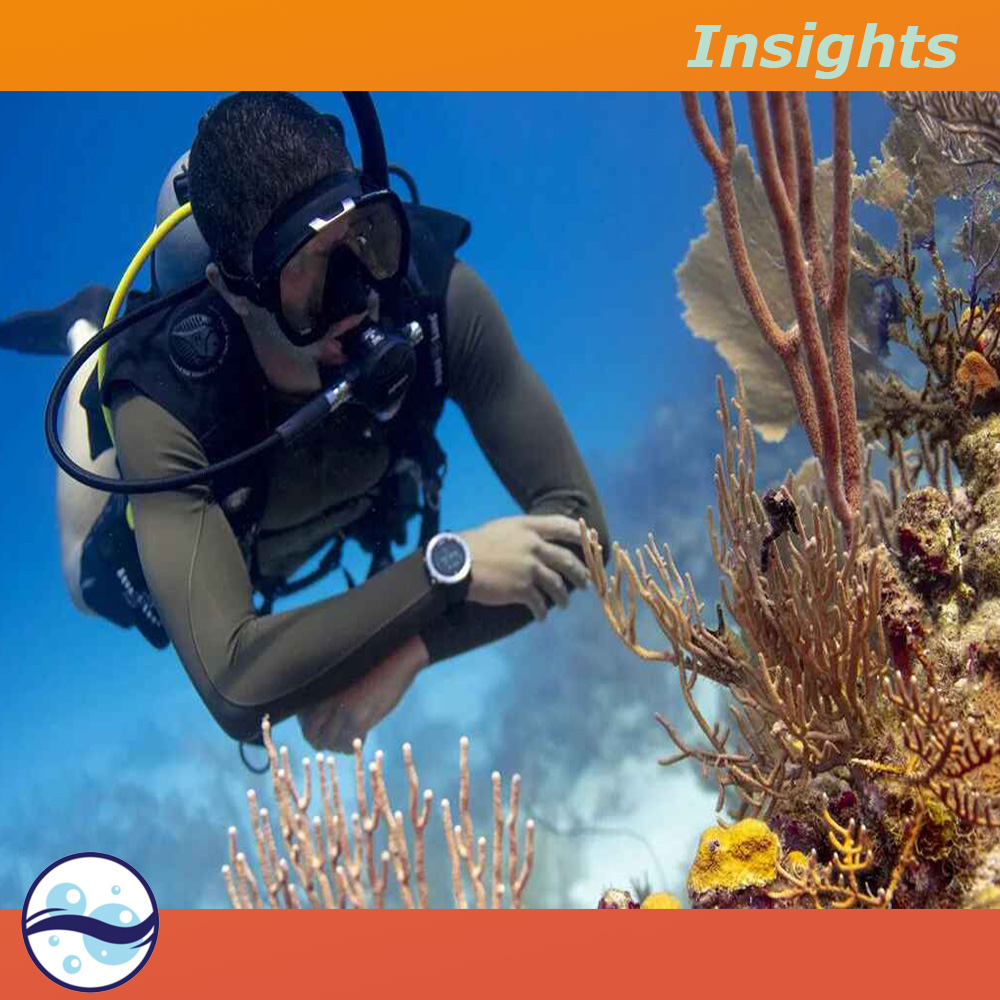
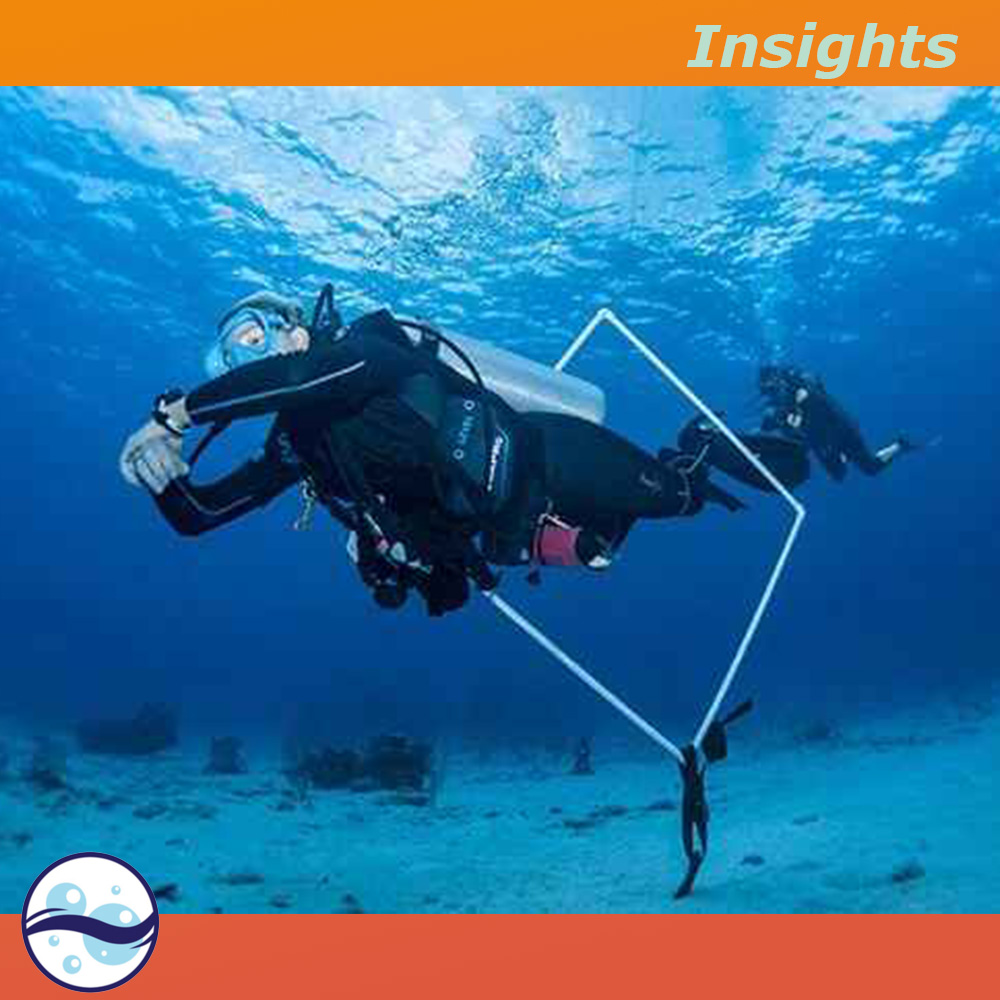
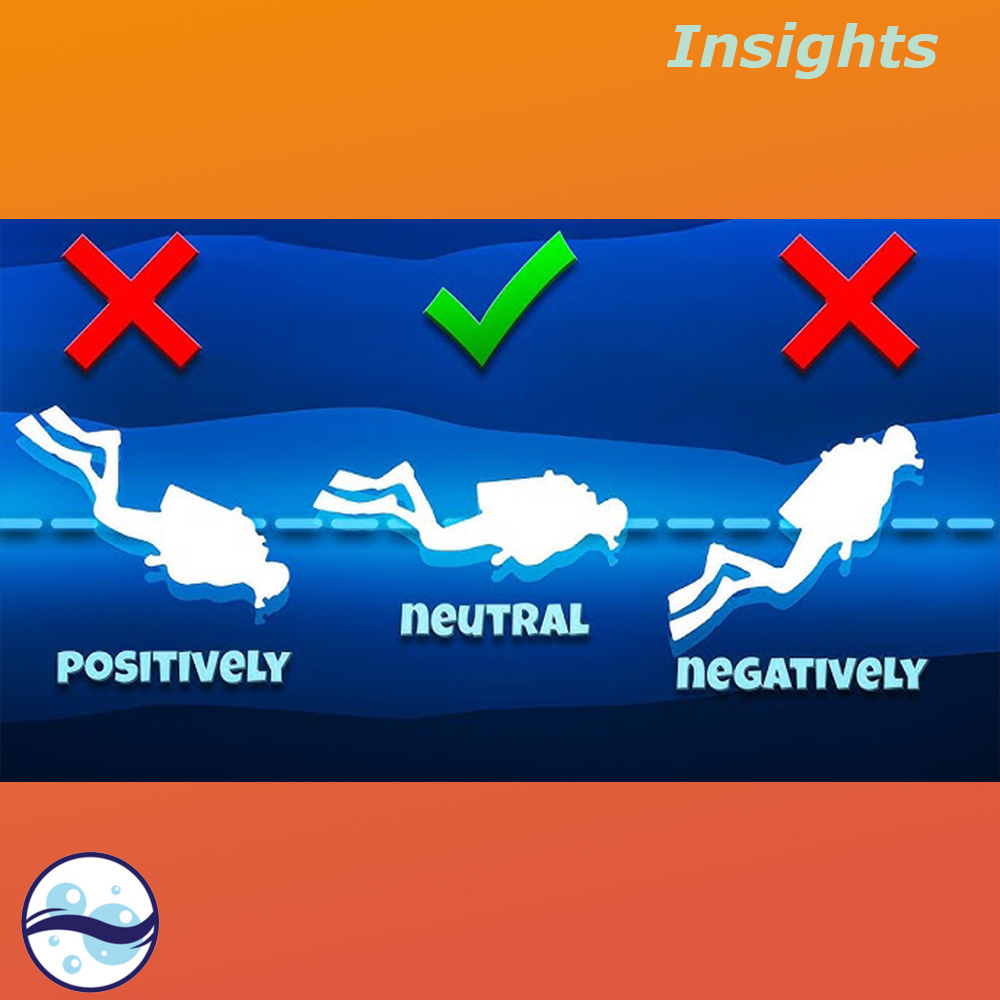
- Divemaster PADIDescription: The PADI Divemaster course organized by Underwater Academy is a pivotal step for those pursuing a career in the diving industry. Through this advanced program, students acquire specialized skills
- EFR Instructor PADIThe PADI Emergency First Response Instructor certification ensures confidence in one’s ability to respond effectively and is recognized and appreciated by the diving community and instructors. Sharing acquired knowledge and
- PADI Public Safety DiverIf you have the opportunity to work with local authorities and be part of an underwater rescue team, conduct search and recovery dives, or even participate in underwater criminal investigations,
